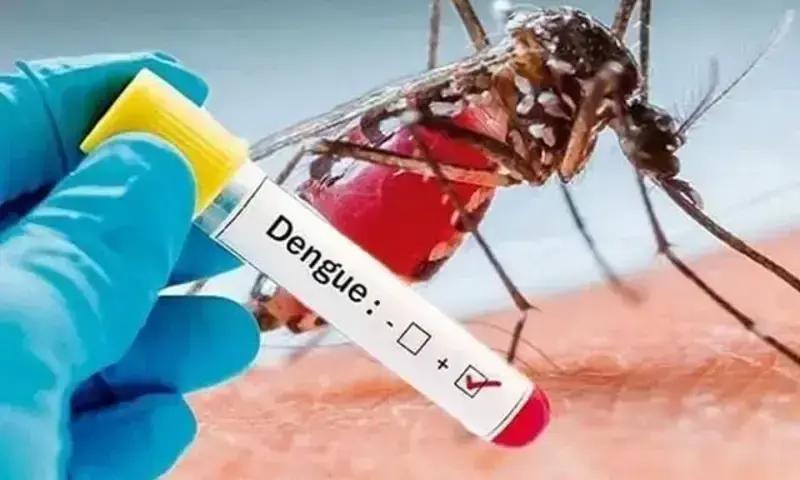These creaky joints are more common in women than in men.


Arthritis is a condition in which one or more joints inflame, swell and become tender; and living with it, is undoubtedly very painful. Chronic pain, often accompanied by depression and exhaustion. There are several types of arthritis having different symptoms and affecting different joints in the body.
If you ever had the flu, you might have experienced a time where you are not fully ill, but also not healthy. Somewhere in a limbo where everything is bothersome and tiring. Somewhat similar, but all the time. A person diagnosed with arthritis has to push themselves to move the joints, so they stay lubricated and healthy, but not too much, that they trigger a flare up. They are limited but not incapable, and still can work towards realistic goals and milestones.
No one chose the disease but can manage to live with it. Some good news, it is treatable with therapy, but one has to live with daily medication and ideally some form of physical activity, a good diet, and good self-awareness.
Living with arthritis is also a good teacher to learn self-love and self-care.
Tip: Invest in a good support network; friends, doctors, pharmacists, and a variety of hobbies so you can keep yourself afloat and supported even through the nastiest of flare ups.
These creaky joints are more common in women than in men. One reason may be the physical differences between the sexes i.e., women have less knee cartilage than men. Needless to say, lack of mobility and swelling, causing more of having to rely on other people, definitely can knock down even the proudest.
Arthritis can't be prevented completely. But there are steps you can take now to prevent stiffness and pain in your joints.
Types of Arthritis
There are various types of Arthritis and symptoms and treatments depend on its type and severity. These are:
Ankylosing spondylitis
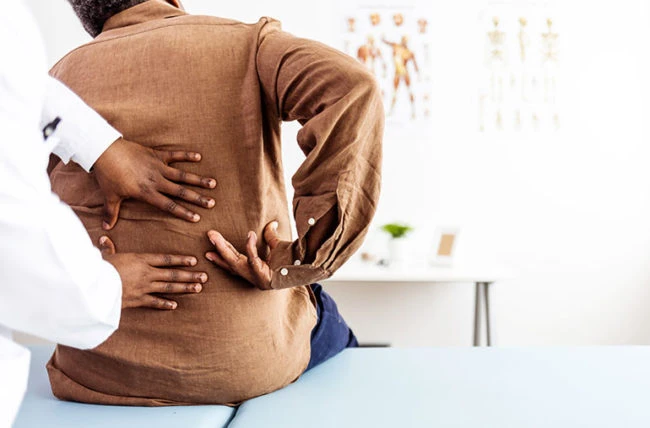
Some of the bones in the spine fuse in this type of Arthritis. As a result, the spine becomes less flexible and can lead to hunched posture.
Gout
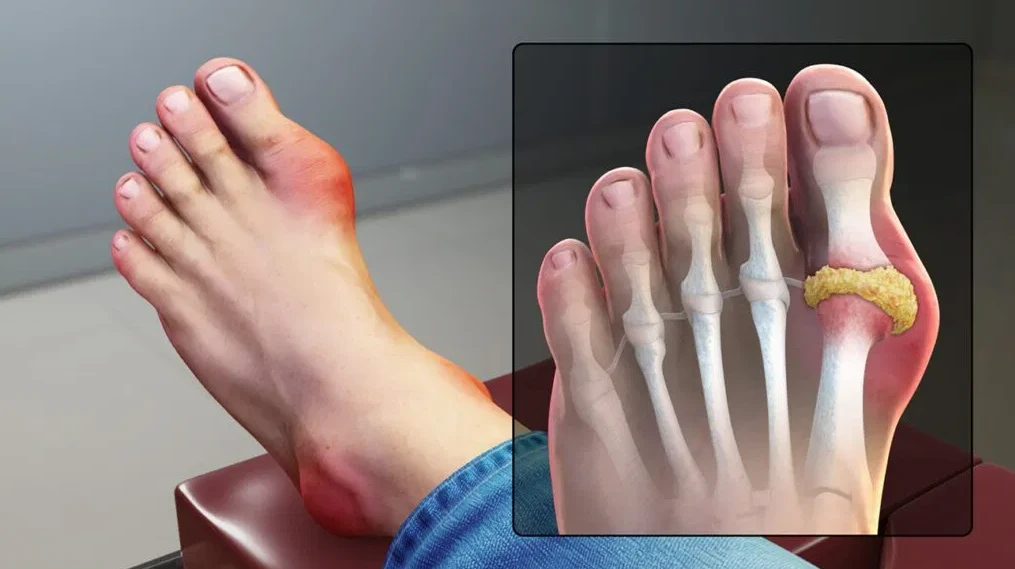
Severe pain, redness, swelling, and tenderness in joints are symptoms of Gout.
Juvenile idiopathic arthritis
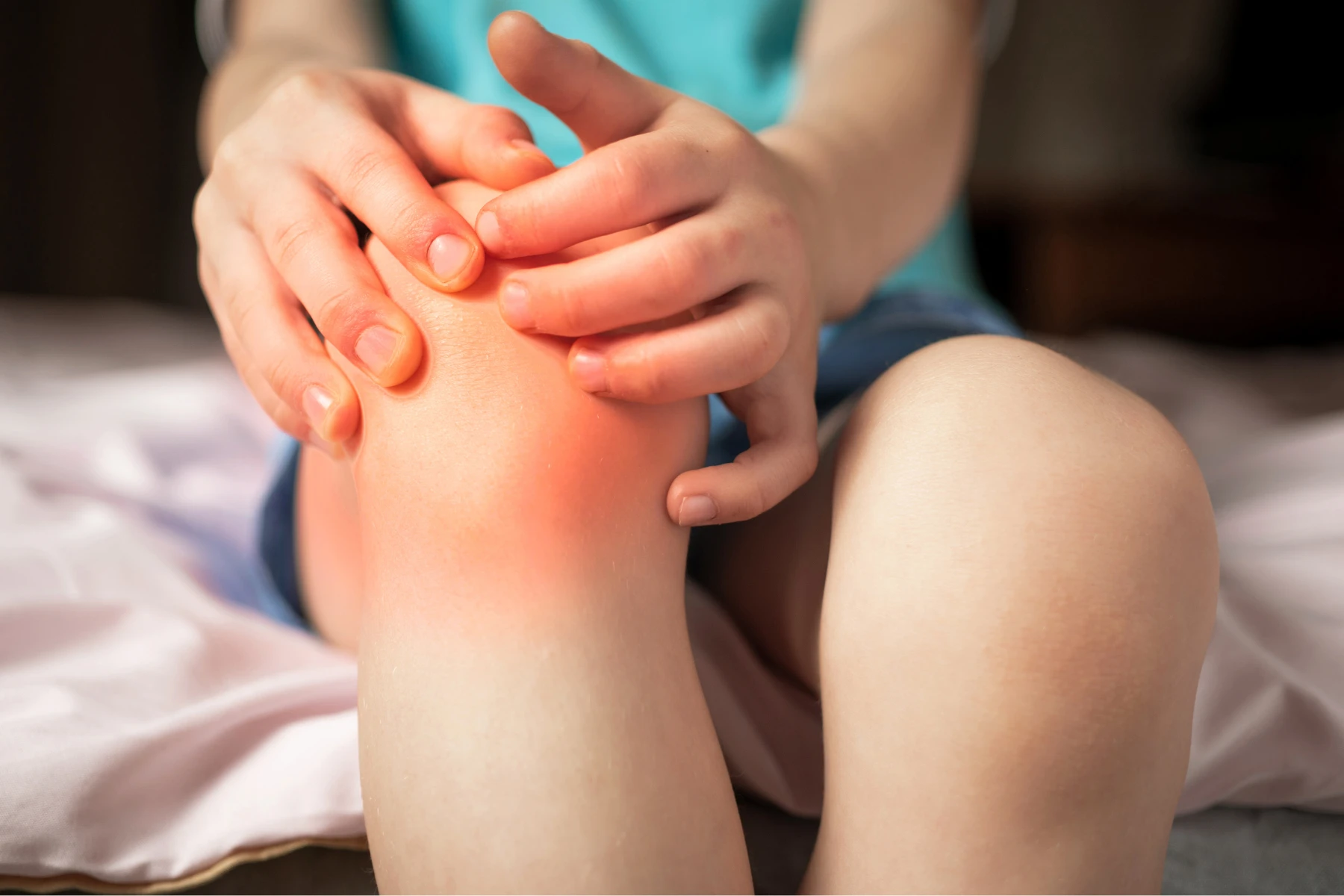
This is the most common type of Arthritis that occurs in children under the age of 16. It was formerly known as juvenile rheumatoid arthritis.
Osteoarthritis
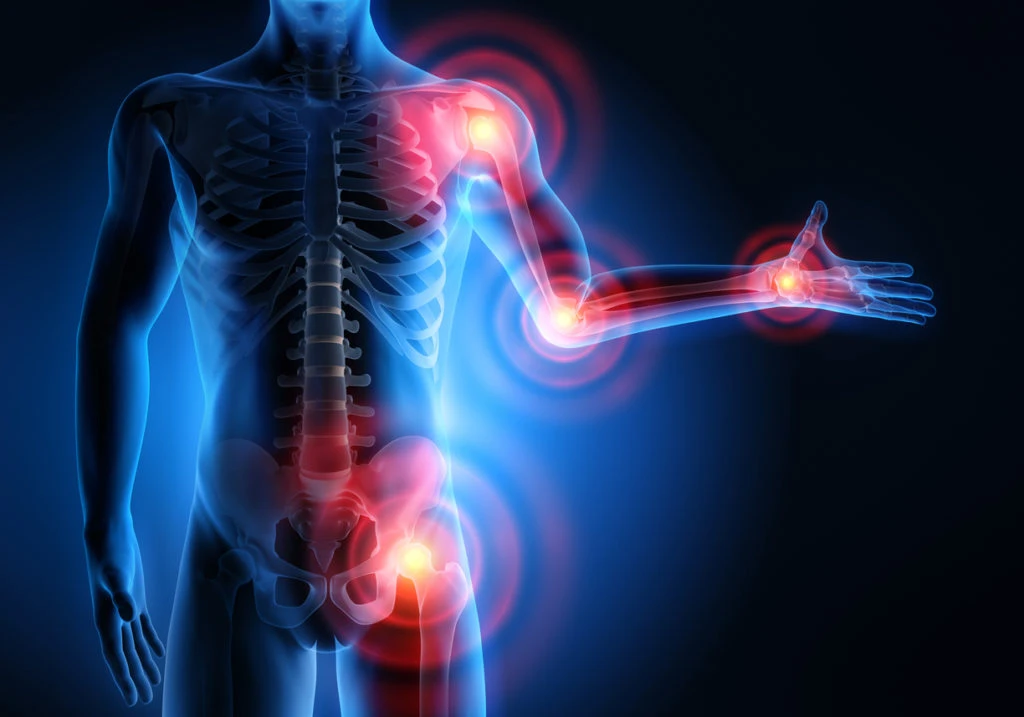
This is the most common type of Osteoarthritis. This affects joints in your hands, knees, hips and spine.
Psoriatic arthritis
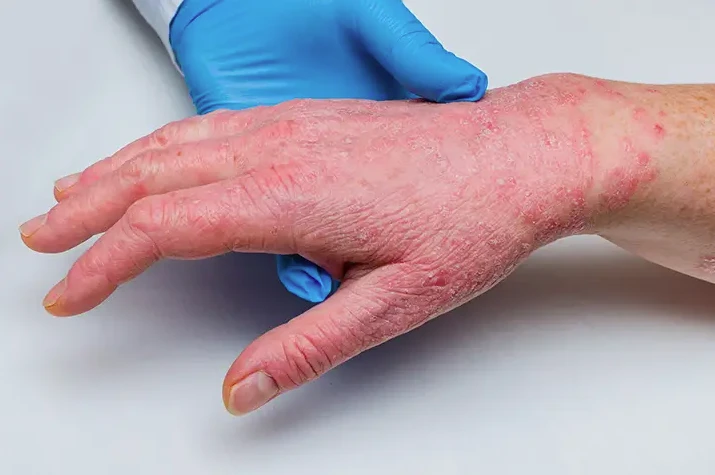
This is interconnected with psoriasis. Most people develop psoriasis years before being diagnosed with psoriatic arthritis.
Reactive arthritis
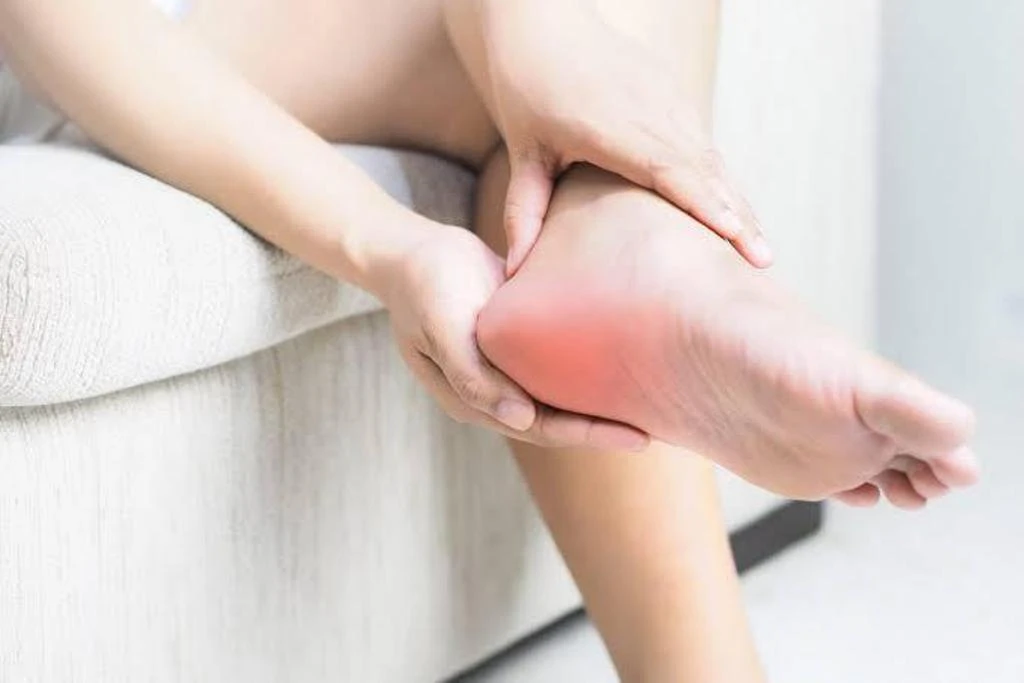
It happens because of an infection occured in another body part. Symptoms include joint pain and swelling in knees, ankles and feet.
Rheumatoid arthritis
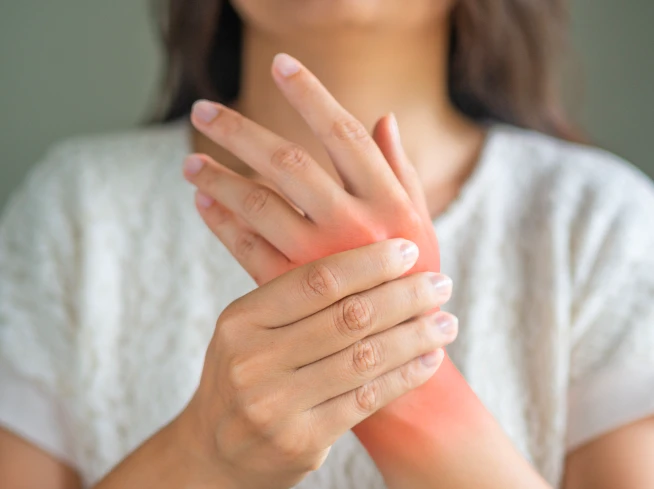
This is an inflammatory disorder caused not only in the joints. It can damage body systems, including the skin, heart, lungs, eyes, and blood vessels.
Septic arthritis
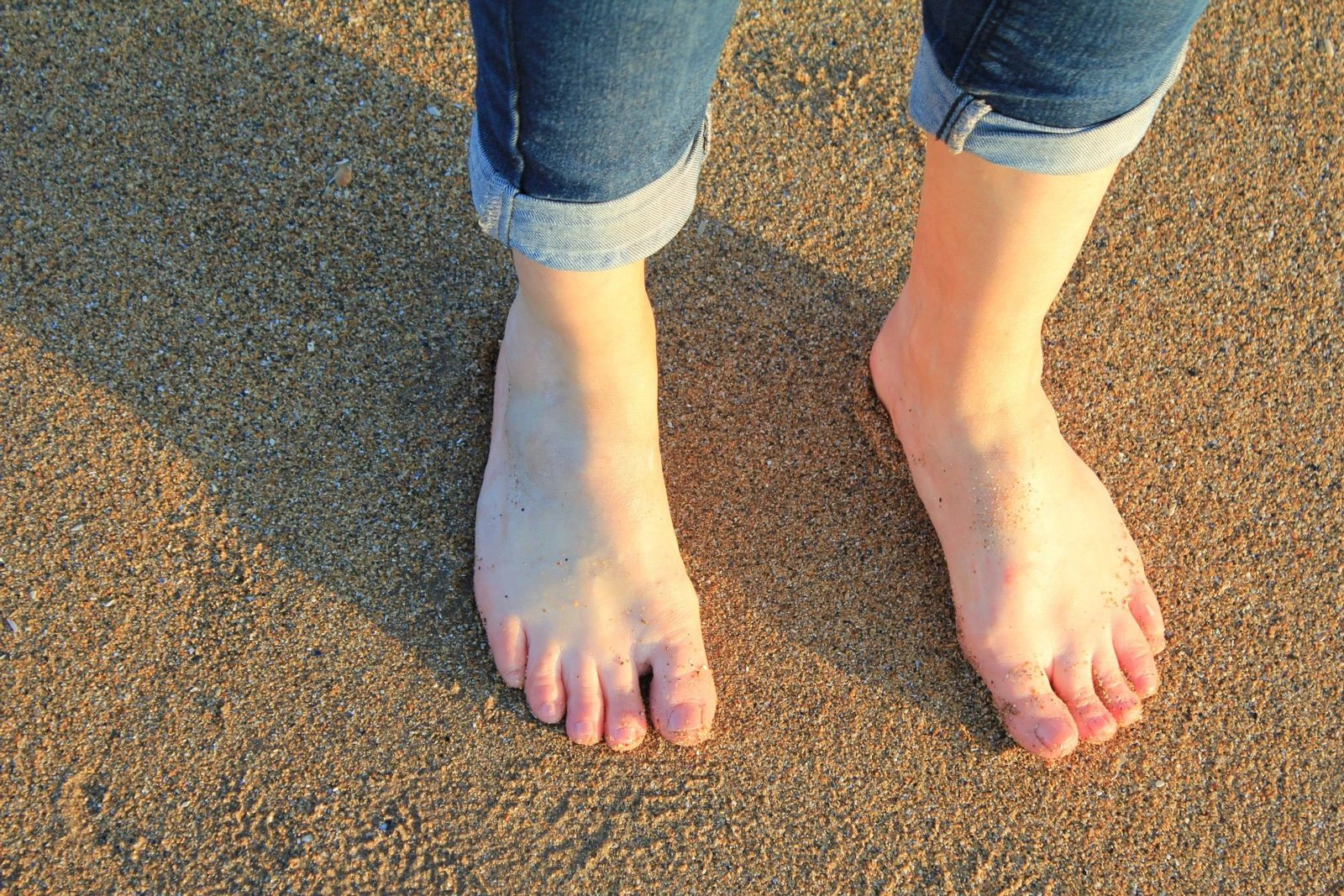
Infection in joints from germs that travel in body parts through your blood. This can also occur because of an animal bite or trauma.
Thumb arthritis

Also known as carpometacarpal (CMC) joint, this occurs when cartilage wears away from the ends of the bones that form the joint at the base of your thumb.
What are the symptoms of Arthritis?
There are different types of arthritis so they may not all carry the same symptoms. Most involve pain and fatigue. However, the most common ones are:
1. Pain
2. Stiffness
3. Swelling
4. Redness and inflammation near joints in the body
5. Decreased range of motion
Arthritis treatment
The treatment for Arthritis is done to control pain, reduce bone damage and improve the quality of life. Treatment depends on the type of Arthritis and its severity.
Medication: Painkillers, medicines to reduce inflammation, creams and ointments, and genetically engineered drugs.
Natural remedies: Balanced diet, no smoking, and maintaining overall health can help the patients with Arthritis. A few joint friendly activities such as walking, swimming and cycling are recommended for Arthritis patients.
Diet: Eating a nutritious diet can be helpful in easing some types of arthritis pain and preventing further damage from occurring. The diet includes, fish, nuts and seeds, fruits and vegetables, beans, olive oil, and whole grains.
Exercise: Physical therapy can also prevent arthritis from progressing. As well as exercising and maintaining a healthy weight. Keeping your joints flexible and improving your range of motion can be achieved with gentle stretching. Make sure that you stretch daily.
Notably, World Arthritis day is being observed today (October 12). The day focuses on bringing people around the world on a single platform to raise voice to create enough opportunity to support and provide better treatment options to the people affected with rheumatic and musculoskeletal diseases (RMDs).
This year, the theme is "It's in your hands, take action".
The knowledge about arthritis, its types and its treatment is vast, but also mired in myths. Some not unusual myths regarding arthritis are:
Myth 1: Exercise Worsens Arthritis
Myth 2: All Joint Pain is Arthritis
Myth 3: All Types of Arthritis Are the Same
Myth 4: Only Elderly Suffer from Arthritis
Myth 5: Arthritis Can't be Treated
Myth 6: Exercise could make arthritis worse.
Myth 7: Arthritis is a hereditary problem.
Myth 8: The climate doesn’t affect arthritis.

We need to grow the economy. We need to stop torching the planet. Here’s how we do both.
- 8 hours ago

PDMA issues alert about rains, snowfall over hills in KP
- 2 hours ago

Kindles make for even better gifts now most are on sale
- 10 hours ago
Seven elephants killed in India train accident
- 5 hours ago
May 9: Yasmin Rashid, Mahmoodur Rashid, others sentenced to 10 years’ imprisonment each in two more cases
- 2 hours ago
Gazans mourn six killed in Israeli shelling on shelter
- 3 hours ago
PM Shehbaz stresses use of modern technology to curb human trafficking
- 3 hours ago
Joshua knocks out Paul to win Netflix boxing bout
- 5 hours ago

Gold prices drop in Pakistan, global markets
- 5 hours ago
Bangladesh holds state funeral for slain youth leader amid tight security
- 2 hours ago

Toshakhana-II case: Imran Khan, Bushra Bibi sentenced to 17 years each
- 5 hours ago
Forest (Amendment) Act 2025 enforced in Punjab
- 10 hours ago



